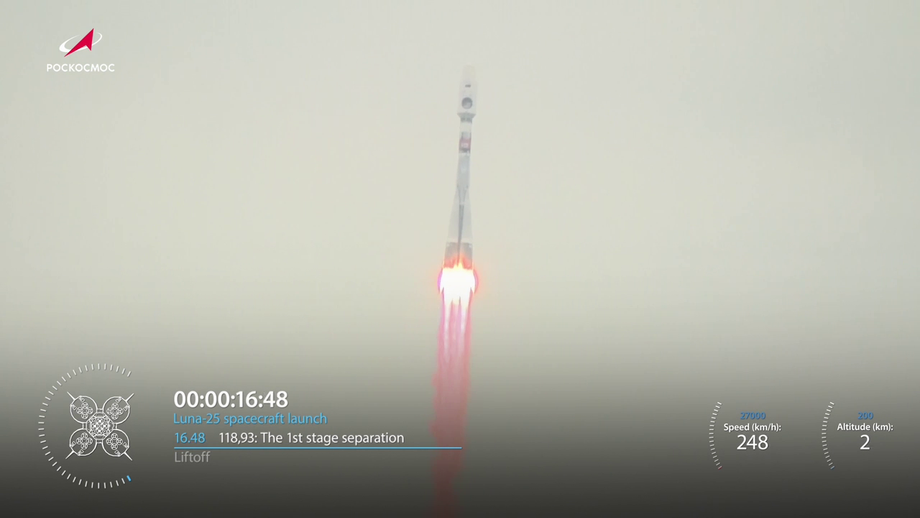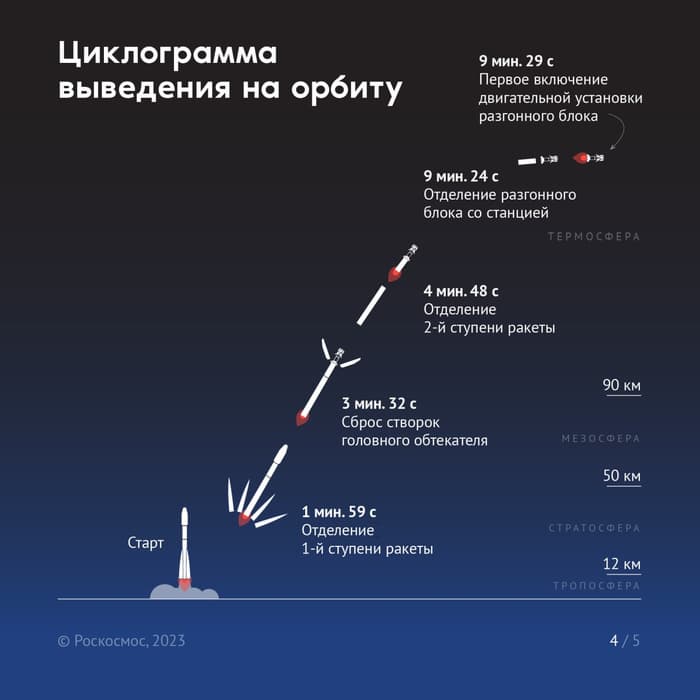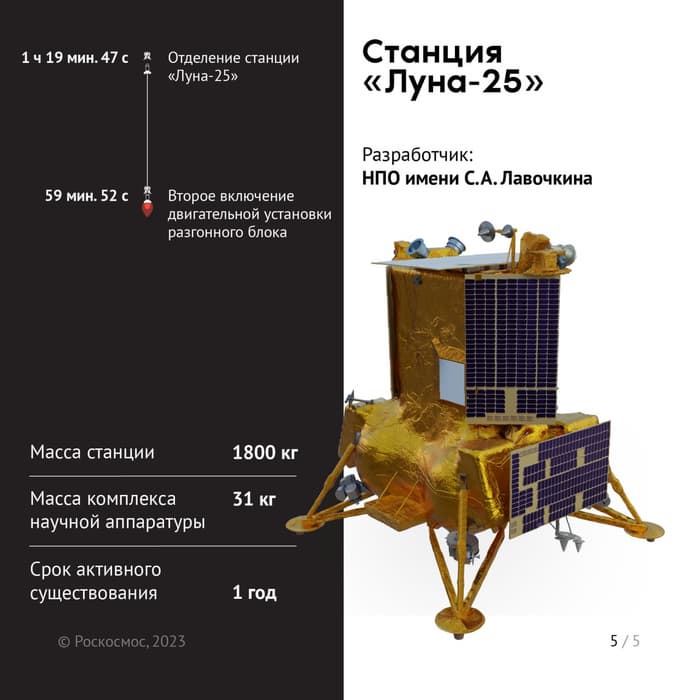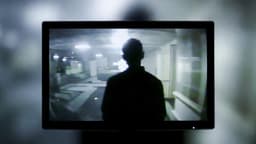Tonight, a Soyuz-2.1b rocket, fueled with naphthyl, carried the Luna-25 spacecraft into the sky from Vostochny Cosmodrome, marking the start of the first mission in modern Russian history to study the Moon.

Today at 02:10:57 Moscow time, a Soyuz-2.1b rocket with a Fregat upper stage and the Luna-25 automatic station launched from site 1S of the Vostochny Cosmodrome.

The rocket performed as expected. Approximately one hour after launch, Luna-25 separated from the Fregat upper stage, which placed the automatic station on a trajectory to the Moon.
The automatic station is scheduled to enter a 100 km high circular lunar orbit on August 16, and its soft landing on the surface of Earth's natural satellite is scheduled for August 21 in the area north of the Boguslavsky crater (center coordinates of the ellipse are 69.5450 degrees south latitude and 43.5440 degrees east longitude).


Luna-25 has effectively relaunched the domestic lunar program. This station will be followed by others. Roscosmos head Yuri Borisov has already announced when to expect new launches.
2027 is Luna-26, 2028 is Luna-27, and 2030 or after 2030 is Luna-28.
After that, a completely new stage of lunar exploration by Russia will begin, and it will be carried out jointly with China.
With colleagues from China, we will move to a new phase - the possibility of a manned visit to the Moon and the construction of a lunar base. This is a long-term important program, to which we hope many countries will join.











